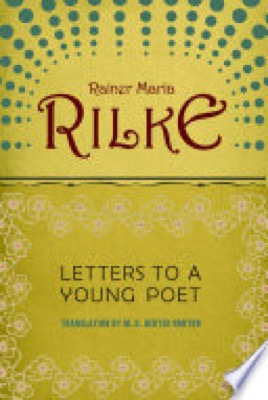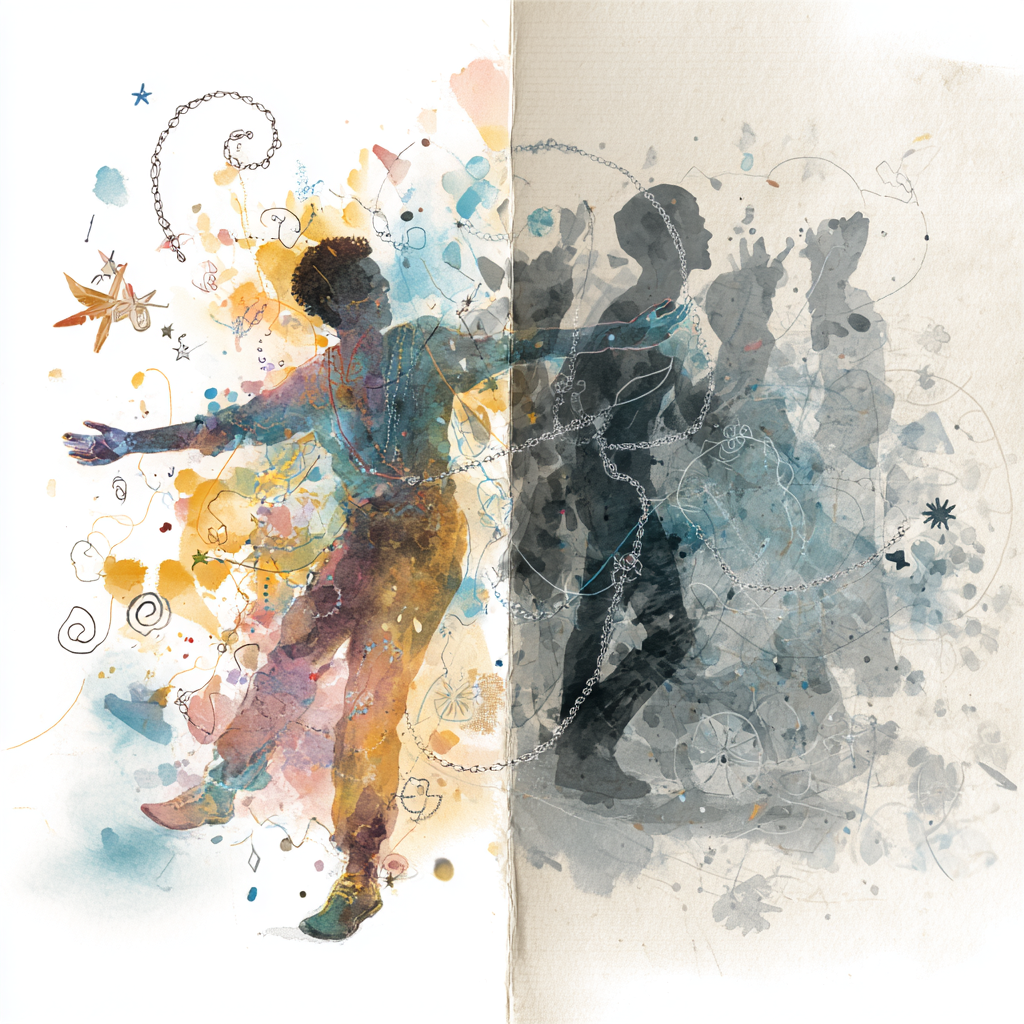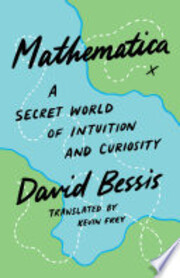The Two Primary Limitations to Our Creativity
I think there are two primary ways we limit our own creativity.
Type 1: Not hearing your inner creativity

What I'll call Type 1 is the inability to access your true, internal self. I discovered this concept while reading "Letters to a Young Poet"—a correspondence between a young poet and Rilke in the early 1900s. The young poet sought advice about his poetry. Rilke responded by urging him to reconnect with his inner curious child.
To be solitary as you were when you were a child, when the grownups walked around involved with matters that seemed large and important because they looked so busy and because you didn't understand a thing about what they were doing. Rainer Maria Rilke
Rilke argued that we're most creative as young children—exploring without access to the adult world. Everything is possible. Everything becomes a game, exciting, imaginative. Rilke believed this represents our purest form of creativity.
I encountered a similar idea again in "Mathematica", which explains how our understanding of advanced mathematics is completely wrong.
It argues you can't learn higher-level math through memorization or mastering equations. It says Math is imagination-based! And that it requires visualizing how things work and how they connect. This visual understanding isn't secondary—it's the entire foundation.
The author says this concept of the inner child, inner curiosity, or pure curiosity is absolutely essential. It's the voice we must rediscover within ourselves if we want to produce meaningful ideas. In Math, but I'd argue in other areas as well (see Rilke)
I can't express to you how much you have to read this book. It is just extraordinary.
Type 2: External restrictions on your creativity
Type 2 self-restriction is external, and looks a lot like peer pressure or audience capture. And whether you're a creator with an audience or not doesn't matter. What matters are the expectations placed on you.
And the real danger isn't the expectations you recognize—it's the invisible ones. Expectations from peers, family, friends, and work.
They don't just restrict what you're allowed to write or say. They restrict what you feel comfortable thinking. They limit how you approach problems or conceive solutions. You end up thinking only within the bounds of what's acceptable to those around you. You stop feeling creative. You stop having ideas. All because you've self-limited.
To do your best work, you need both types of freedom. You must separate yourself—go into isolation. A quiet office or library will suffice.
What is necessary, after all, is only this: solitude, vast inner solitude. To walk inside yourself and meet no one for hours—that is what you must be able to attain. Rainer Maria Rilke
You should try to enter a state of pure, young-minded, unbridled curiosity. True authentic exploration and imagination. That's Type 1 freedom. Imagine it flowing from you, spilling out, uncontrolled. Type 2 freedom means escaping external factors that shape and limit what emerges from you.
Here's the complication, which utterly fascinates me: Excessive Type 2 limitations can actually destroy your Type 1 creativity.
It's as if Type 2 limitations recognize the dangerous ideas lurking within pure, childlike curiosity. They know that unrestricted creativity might produce thoughts that "those people" wouldn't approve of.
What to do
I find this framework liberating, exciting, and challenging. It's—at least to me—a simple framework for improving your creative output.
- Improve your access to your inner curiosity
- Identify and reduce constrains on expressing it
Some might call this writer's block. Perhaps writer's block is simply a Type 1 limitation. Maybe. Not sure. But what I know for certain is that both limitations obstruct maximum creativity. So I urge you to address both.
I don't have a clear methodology here yet, as I'm just now figuring out this framing. But here's what I'm going to do.
- Find ways to isolate yourself from external influences and improve your hearing of your inner voice. Or what Steven Pressfield calls, The Muse.
- Once you figure out how to get there, incorporate going to that place into your regular routine.
- Then try to pay attention to and enumerate the various limitations from outside and also self-imposed because of the outside that you have against expressing your actual self.
- Develop the skill of better identifying these hidden limitations that you give yourself based on the voice of others.
That's all I have for now. I'm sure I will update this later. In the meantime, I wish you luck in your journey to address these obstacles.
Notes
- There is another type of creativity limitation which is more about execution, related to AI. Basically, I find myself regularly not thinking of a solution that I can now do with AI just because for my entire career I never would've been able to do it myself. I'm trying to get out of the habit of being limited in this way, but it takes real effort.

